
Table of Contents
Introduction
In the ever-evolving landscape of cybersecurity threats, the emergence of Morris II marks a significant turning point. Named after the infamous Morris Worm that wreaked havoc on the early internet, Morris II represents a new breed of malware, leveraging the power of artificial intelligence for self-replication. What makes this malware particularly alarming is its ability to exploit GenAI, a cutting-edge technology designed to enhance various aspects of artificial intelligence.
In this blog post, we delve into the intricacies of Morris II, its modus operandi, the potential dangers it poses, and the broader implications for cybersecurity.
Understanding Morris II
It is not your typical malware. Unlike traditional viruses and worms that rely on predefined algorithms for replication, Morris II harnesses the capabilities of GenAI to adapt and evolve. GenAI, short for Genetic Artificial Intelligence, is a revolutionary technology that mimics the process of natural selection to optimize AI models.
By incorporating GenAI into its framework, it gains the ability to learn and adapt its replication strategies based on the environment it encounters. The primary mode of transmission for Morris II is through compromised AI systems. These systems serve as breeding grounds for the malware, allowing it to infiltrate and propagate across networks with unprecedented efficiency.
Once inside a target system, it leverages its GenAI capabilities to analyze the system architecture, identify vulnerabilities, and devise customized attack vectors. This dynamic approach not only makes Morris II highly elusive but also incredibly resilient against traditional cybersecurity measures.
The Danger
It poses a significant threat to both individuals and organizations alike. Unlike conventional malware that can be mitigated through signature-based detection methods, Morris II’s adaptive nature makes it exceedingly difficult to detect and eradicate. Moreover, its ability to exploit GenAI introduces a level of sophistication that surpasses many existing cybersecurity defenses.
One of the most concerning aspects of Morris II is its potential to cause widespread disruption on a global scale. By targeting critical infrastructure, financial systems, and government networks, Morris II has the capability to destabilize economies, compromise sensitive information, and disrupt essential services. The sheer speed and efficiency with which Morris II can spread make it a formidable adversary for cybersecurity professionals worldwide.
Implications for Cybersecurity
The emergence of Morris II underscores the need for a paradigm shift in cybersecurity strategies. Traditional approaches centered around signature-based detection and perimeter defenses are no longer sufficient in combating advanced threats like Morris II. Instead, a more holistic approach that combines advanced threat intelligence, behavioral analysis, and proactive defense measures is essential to mitigate the risks posed by self-replicating malware.
Furthermore, the rise of GenAI as a tool for cybercriminals highlights the dual-edged nature of technological innovation. While GenAI holds immense potential for enhancing various aspects of artificial intelligence, it also introduces new vulnerabilities that can be exploited by malicious actors. As such, greater emphasis must be placed on securing AI systems and implementing robust safeguards to prevent their misuse.
In addition to technological solutions, addressing the threat of Morris II requires collaboration and information sharing within the cybersecurity community. By sharing insights, best practices, and threat intelligence, organizations can better anticipate and respond to emerging threats like Morris II in a coordinated manner. Moreover, fostering a culture of cybersecurity awareness and education is crucial for empowering individuals to recognize and report suspicious activity effectively.
Conclusion
The emergence of Morris II represents a significant escalation in the ongoing arms race between cybercriminals and cybersecurity professionals. By leveraging the power of GenAI, Morris II poses a formidable challenge to traditional defense mechanisms, threatening the integrity and security of digital ecosystems worldwide.
As we confront this new breed of malware, it is imperative that we adapt our cybersecurity strategies accordingly, embracing innovation while remaining vigilant against emerging threats. Only through collective action and relentless innovation can we hope to stay one step ahead of adversaries like Morris II and safeguard the digital future for generations to come.
Frequently Asked Questions (FAQ)
1. What is Morris II?
– It is a type of self-replicating malware that utilizes advanced artificial intelligence, specifically GenAI (Genetic Artificial Intelligence), to propagate and adapt within computer systems and networks.
2. How does it spread?
– It spreads primarily through compromised AI systems, leveraging vulnerabilities to infiltrate and propagate across networks. It employs GenAI to analyze system architecture and devise customized attack vectors, making it highly efficient and adaptable.
3. What makes Morris II different from traditional malware?
– Unlike traditional malware that relies on predefined algorithms, it dynamically adapts its replication strategies using GenAI. This adaptive nature makes it elusive and resilient against conventional cybersecurity measures.
4. What are the dangers?
– It poses significant threats to individuals and organizations by potentially destabilizing economies, compromising sensitive information, and disrupting essential services. Its ability to exploit GenAI introduces a level of sophistication that surpasses many existing cybersecurity defenses.
5. Can Morris II be detected and mitigated?
– Detecting and mitigating Morris II presents significant challenges due to its adaptive nature and exploitation of GenAI. Traditional signature-based detection methods may not be effective against Morris II. Instead, a holistic approach combining advanced threat intelligence, behavioral analysis, and proactive defense measures is necessary.
6. What are the implications for cybersecurity?
– The emergence of Morris II highlights the need for a paradigm shift in cybersecurity strategies. Organizations must prioritize securing AI systems, implementing robust safeguards, and fostering collaboration within the cybersecurity community to effectively combat evolving threats like Morris II.
7. How can individuals and organizations protect themselves?
– Protecting against this requires a multi-faceted approach, including regular software updates, network segmentation, strong access controls, employee training on cybersecurity best practices, and the deployment of advanced threat detection and response capabilities.
8. Is there any known mitigation strategy?
– Mitigating requires a combination of proactive measures, including regularly updating software and security patches, implementing network segmentation to limit the spread of the malware, and deploying advanced threat detection and response technologies capable of detecting and neutralizing sophisticated threats.
9. Is there ongoing research or development to counter this attack?
– Yes, cybersecurity researchers and professionals are actively engaged in researching and developing new techniques and technologies to counter Morris II and similar emerging threats. This includes advancements in AI-driven threat detection, behavioral analysis, and cybersecurity education and awareness programs.
10. What should I do if I suspect my system has been infected?
– If you suspect your system has been infected by Morris II or any other malware, it is essential to isolate the affected system from the network immediately to prevent further spread. Contact your organization’s IT security team or a trusted cybersecurity professional for assistance in identifying and remedying the infection.
Read more on https://cybertechworld.co.in for insightful cybersecurity related content.







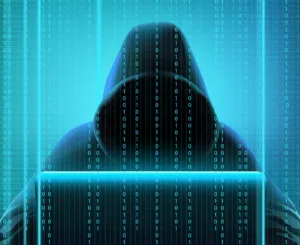


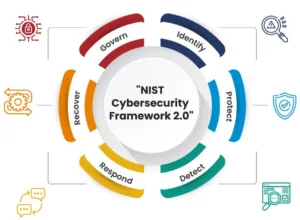

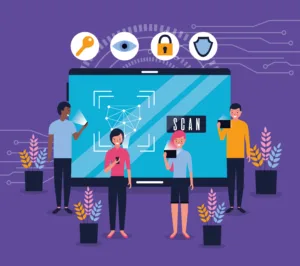
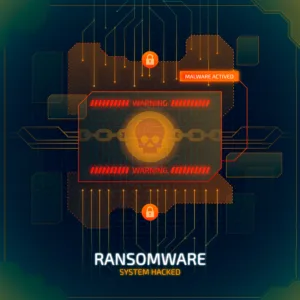
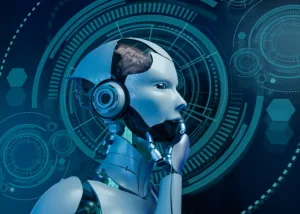

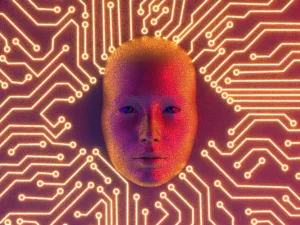
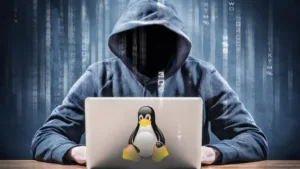

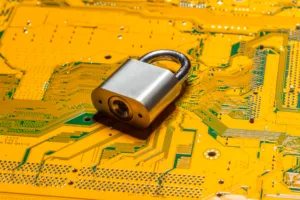
Thanks for sharing. I read many of your blog posts, cool, your blog is very good.
I don’t think the title of your article matches the content lol. Just kidding, mainly because I had some doubts after reading the article.
This article is a refreshing change! The author’s unique perspective and thoughtful analysis have made this a truly captivating read. I’m grateful for the effort she has put into producing such an educational and provocative piece. Thank you, author, for sharing your expertise and igniting meaningful discussions through your outstanding writing!
you are really a good webmaster. The website loading speed is amazing. It seems that you are doing any unique trick. Moreover, The contents are masterwork. you have done a great job on this topic!
Wonderful beat ! I wish to apprentice at the same time as you amend your website, how could i subscribe for a blog web site? The account aided me a acceptable deal. I were tiny bit familiar of this your broadcast offered brilliant transparent idea
I like the helpful info you provide on your articles. I will bookmark your blog and test again here frequently. I am quite certain I?ll be told plenty of new stuff proper here! Best of luck for the next!
Wonderful work! This is the type of info that should be shared around the internet. Shame on Google for not positioning this post higher! Come on over and visit my site . Thanks =)